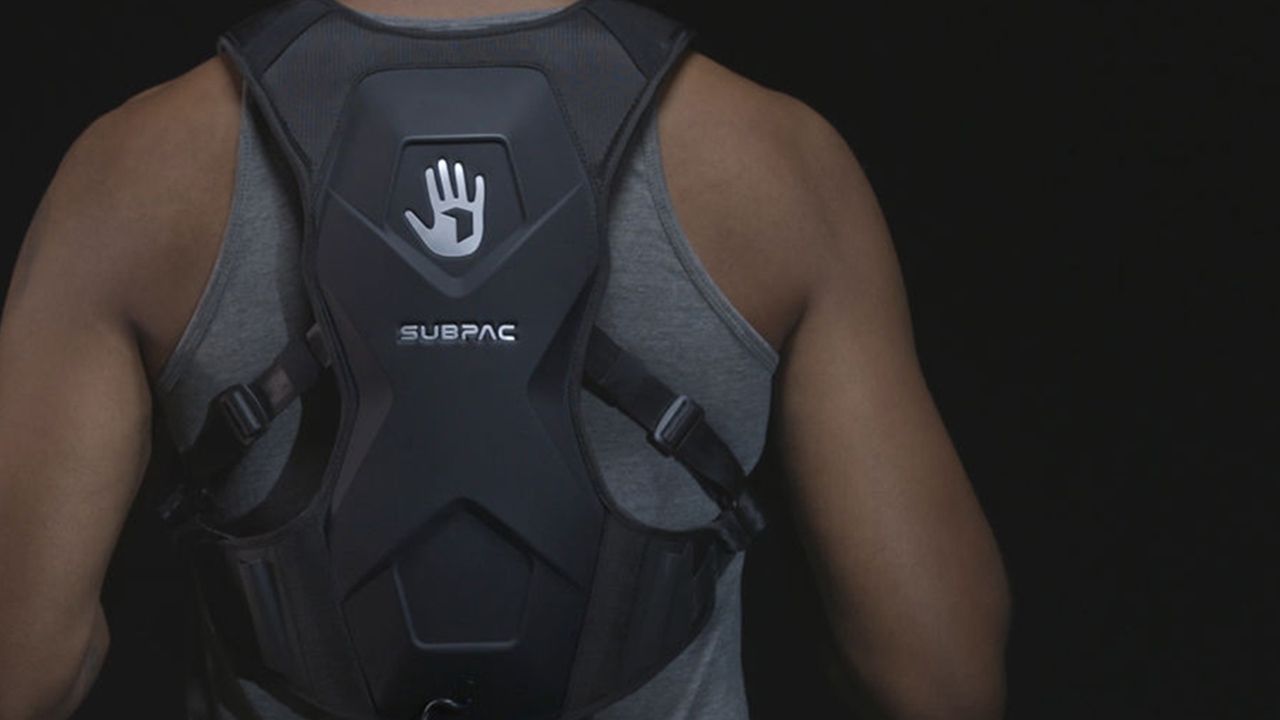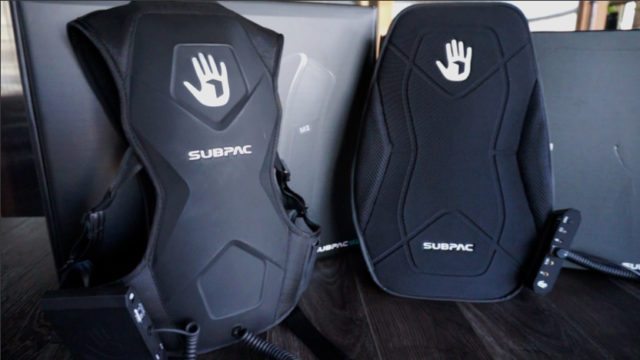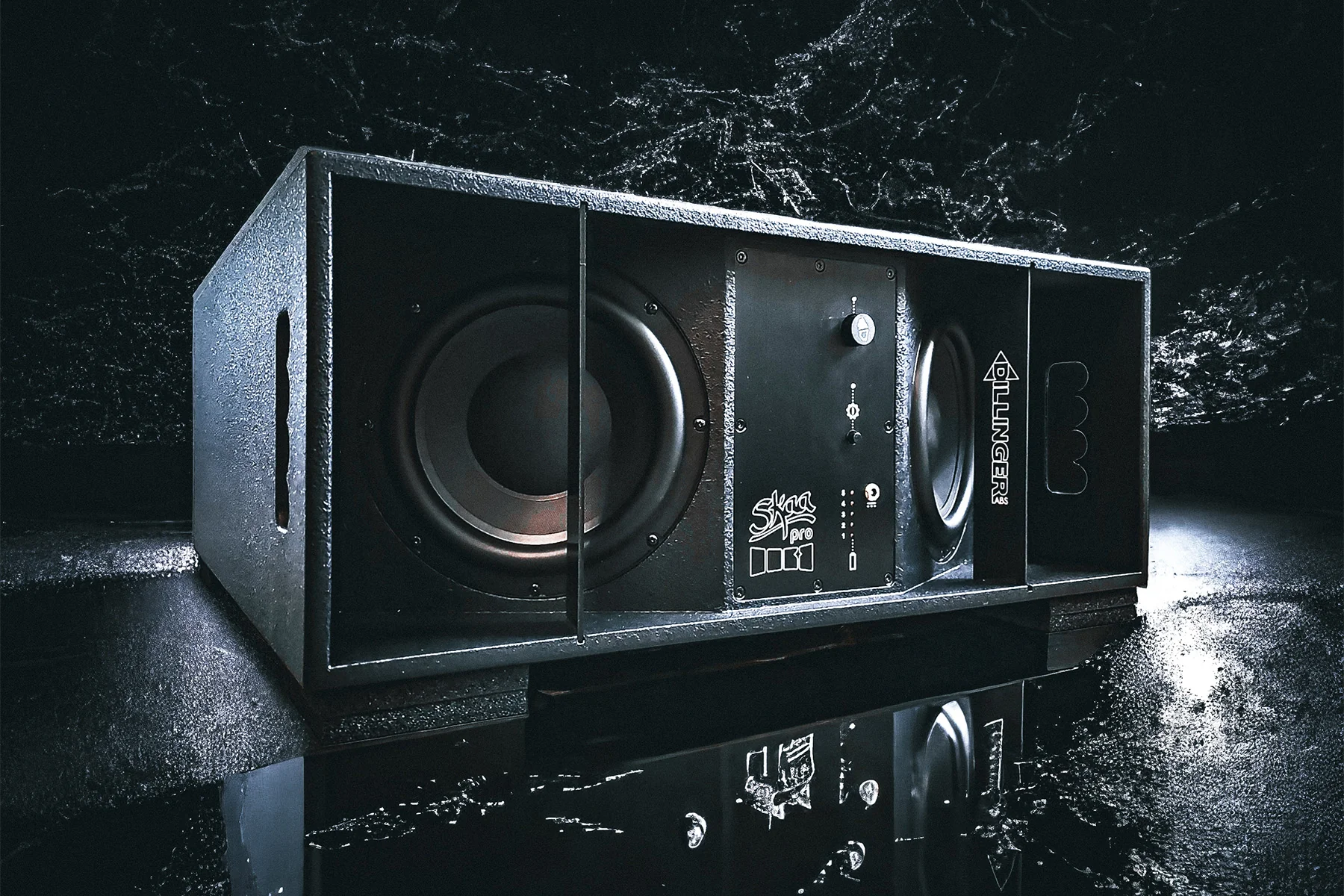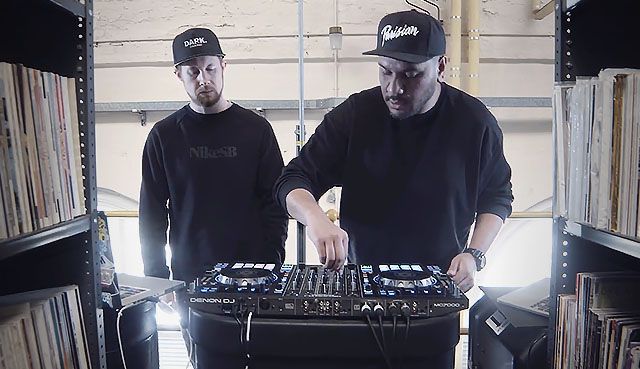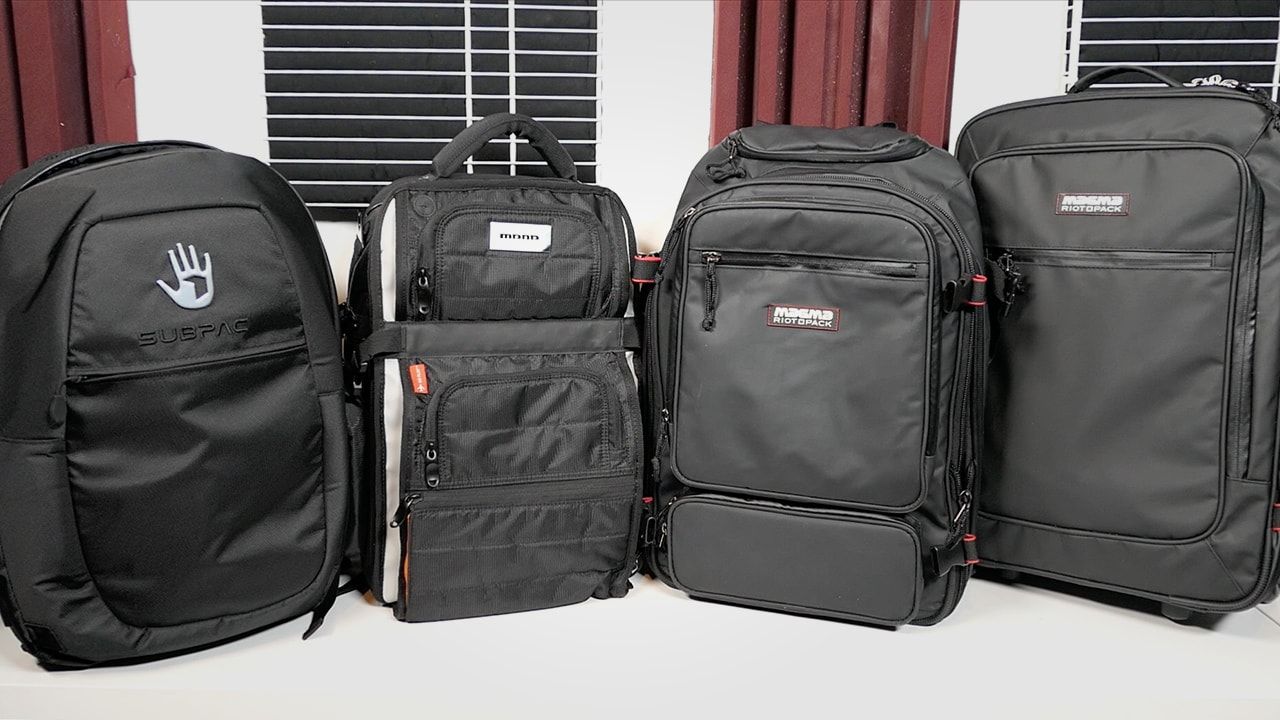In 2014, we did a roundup of wearable bass augmentation devices – which included the then-new SubPac M1. Late last year, the company upgraded the line to the SubPac M2, a more advanced take on the mobile bass backpack. Read on for a quick hands-on review from guest contributor Stu G.
What Are SubPacs?
The SubPacs are “tactile bass device(s) that transfers low-end frequencies into your body using bone conduction technology” or in simpler terms, a backpack that turns your body into a subwoofer. Get a sense of both units in my overview video below:
- The unit transmits from 5hz – 130hz, with a fully adjustable bass intensity knob on the breakout box, which can either increase of decrease the amount of bass vibrations being transmitted into your body.
- Set up for use is quick and easy. Either pairing the unit’s Bluetooth to a device, or attaching an 1/8 inch line in, then connecting your headphones to the headphone port on the breakout box and you’re all set.
- The S2 is designed to be strapped to a chair – like in a studio, with more permanent placing.
- The M2 is designed to be strapped to you – and worn wherever you go.
The Design + Revisions Versus M1:

Compared to the earlier M1 version, the M2 looks like it is straight out of a Sci-Fi movie. While the old unit was a soft fabric design, the newer M2 has a firm, molded design with a rubberized exterior coating. On the rear interior, the M2 is slightly raised to ensure a firm press against the user’s back, an essential part of the proper bass experience.
- The new shoulder straps are much wider than the M1, made of a cushioned nylon weave – overall, much more comfortable
- M2 weighs in at about 5 pounds – well supported by the new shoulder straps
- The M2 also includes an adjustable chest strap that sides up and down, and a much-needed waist strap (more on that later)
- The battery also seems upgraded, offering a solid 4 – 5 hours of operation with a moderate amount of bass (intensity knob about 60% or less; the higher the intensity knob, the shorter the battery life)
M2’s aesthetic improvements add smooth and sexy lines, as well as significant contouring on the rear of pack. It’s clear that Studiofeed got an industrial designer onboard for the second pass at the unit. For some it might look a little cheesy, but overall the refined unit is a stylish, ‘futuristic’ design.
How Does The M2 Fit On Your Back?
Out of the box, the M2 needs to have all the straps adjusted to provide a snug and comfortable fit. The snug part of the fit is key for the unit’s ability to transfer the vibrations to your body correctly. While finding the right fit, there were a few things that stood out about the new design.
- The height adjustment of the chest strap was difficult, to the point of having to take the unit off and give it some solid force to lower the height level of the chest strap. Although, when the chest strap is finally in place, it seems unlikely to budge.
- The waist strap is a thin, elastic band similar to the older straps of the M1. This strap is the most uncomfortable part of the M2 but one of the most essential for fit. The newer modeled design of the M2 can feel a bit stiff; with the shoulder and chest strap snugly fit it pulls the top of the M2 against the upper back, leaving a gap between the bottom of the M2 and the mid-back. This is where the waist strap is used to counter and pull the lower half of the M2 into the mid-back. Since the M2 is rather rigid from the molded design, the waist strap required a significant amount of tension to pull in the lower half and if adjusted too tight, could be a bit irritating around the stomach.
- After a few minutes of fine tuning the fit and finding the waist strap sweet spot, I found the M2 comfortable for extended wearing periods, as the new, padded shoulder straps work perfectly.
The Function: How Does A SubPac Work For Mixing?
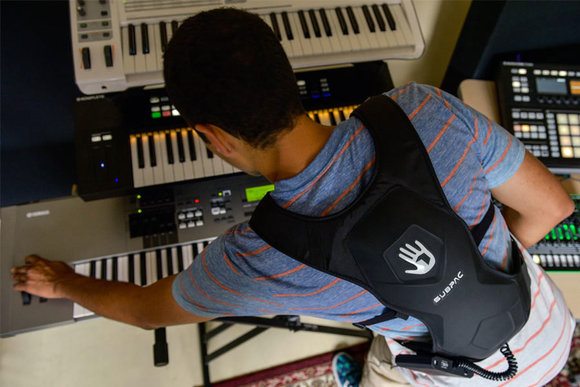
The M2 finds itself at home in studios, silent discos, live performances, as well as Virtual Reality integration and assisting the hearing impaired feel frequencies. After a few weeks in the studio and on the road with some bass heavy, tech-house productions, the M2’s performance was very impressive:
- Both the bass response and the mix translation were very accurate. The M2 gives music production and mixing a unique new physical side – you’re no longer just hearing the low-end, you’re actually feeling it through your body.
- For those in studios without a subwoofer, or apartment studios where a subwoofer may result in an eviction notice, the M2 is a MUST.
- After getting your ideal fit, play several of your favorite tracks and turn the bass intensity knob to the point where a suitable and comfortable amount of bass is passing through your body (around 70% on the intensity was perfect for myself). The M2 is capable of very high amounts of bass vibrations, capable of shaking the most demanding bass heads – it’s all personal preference.
Once dialed in, try an A/B test between a current track in production and a reference track and feel just how hard and intense the bass is hitting your body, then simply match it. This is a much-needed tool for anyone that finds that their mixes are bass heavy due to smaller monitors or headphone mixing. After a few days working in the studio with the M2, I felt incomplete when producing in headphones without it.
SubPac Fun Fact: When listening to music with the M2, try taking off your headphones and plugging your ears – you’ll still hear all the bass! This is due to the bass frequencies being picked up through your inner ear bone, not the outer ear drum, via bone conduction. It’s a very interesting sensation, as you essentially are listening to your body acting as a subwoofer enclosure.
SubPac Production Tip: On tracks that have a bass line sidechain compressed to a kick drum, you can slow the tempo of the track down and feel “hear” the gaps between the kick’s end and the compressors release. This allows you to fine tune the timing of the attack and release of the sidechain, ensuring that the kick and bass are “glued” together as tight as possible.
Is A SubPac Worth The Money?
From my time spent working with the M2 in the studio, on the road, and, with the recent drop in price, I would highly recommend the M2 to any producer that wants a microscope for their bass. It’s a new and innovative way of producing in headphones (or with monitors) while being able to experience the entire frequency spectrum; in a sense you feel like you’re in a massive club with a perfectly tuned low-end.
That being said, no product is perfect. The new design is definitely sexy but a bit rigid. If it had a slight amount of flex, it might adapt a bit quicker to the curve of the users’ back. But, this is not a deal breaker in any way, after a bit of fine tuning all the straps, the M2 rests firmly and comfortably on the back of the user for extended periods.
Is it worth it? I’d give it a “definitely”. The M2 is light and durable enough to travel with for many uses. This portability will be worth the extra money for many – even though the S2 has a battery as well, the added benefit of being able to wear the M2 like a backpack for just $50 more is a win. Think about how often you might want to stand up in your studio but keep listening to a track – if you have the S2, you’re confined to your seat if you want the low-end vibrations.
Especially for producers without a high-end subwoofer set up or who are on the road, a M2 is a secret weapon for dialing in your low-end frequencies.
The Subpac M2 is $329 in the DJTT store
or check out the SubPac M2 if you’re more studio-focused.
DJ Stu G is a guest contributor to DJ Techtools – he’s also a tech-house/ pop producer based out of Los Angeles, CA.


